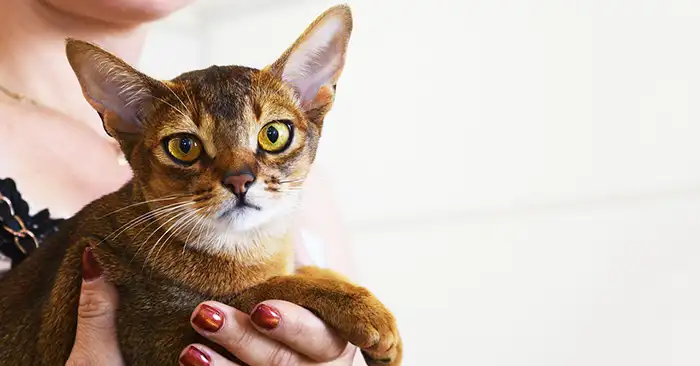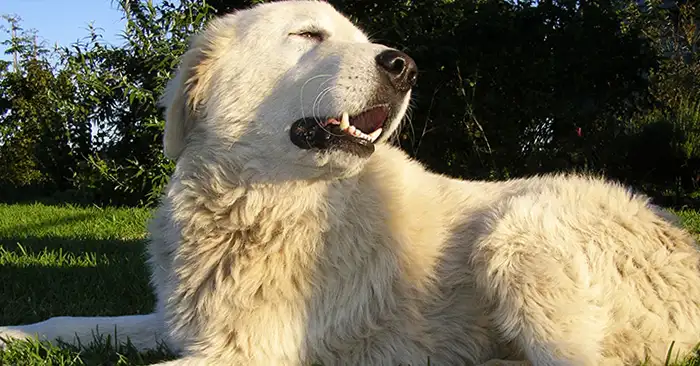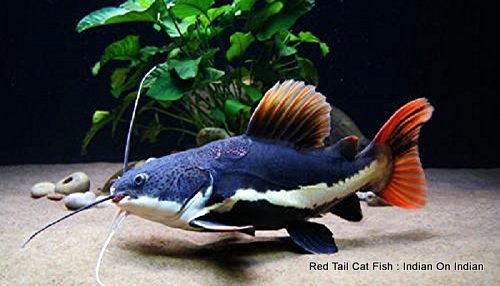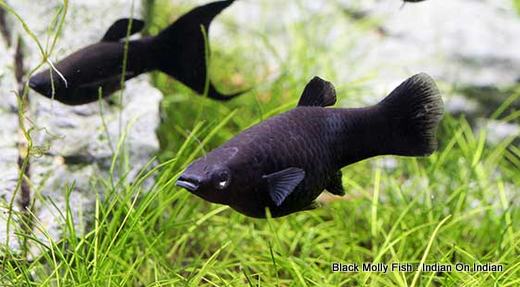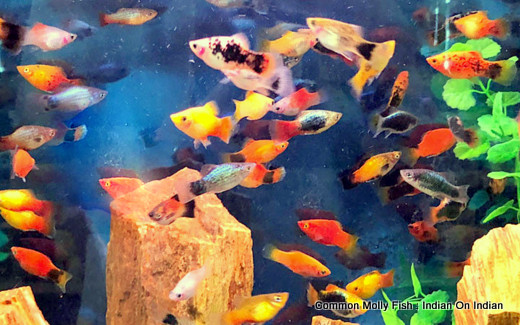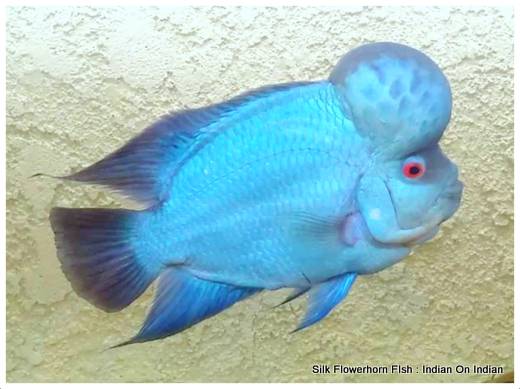Gold Fishes and Their Breeds, Aquarium for Goldfish and GoldFish Food.
Most common of freshwater aquarium fishes worldwide are Goldfishes. Remember metro Goldwyn Mayer cartoon character Tom from Tom and Jerry, in some of the episodes, there is a fishbowl with beautiful golden colored plump fish. Yeah, that is a goldfish. Here is the Picture:-
 |
| Tom and Jerry Cartoon Show |
Remember now?
Let us get into details now. Out of cartoons, let us look into some facts and history of the goldfish.
- Goldfishes are the native species of carp family commonly found in eastern Asia.
- They were reportedly bred in mainland China for food and ornamental display purpose.
- In due course of time, by a genetic mutation, interbreeding between different variations, selective breeding, and many other practices,
Now there is so much diversity in shapes and sizes that learning everything about them will blow away your mind. Just kidding, learning everything about everything is not possible.
Okay, so let’s begin with goldfishes.
There are numerous varieties of goldfishes. I am listing the ones I have in my aquariums. I actually have 9 aquariums of different fishes. I will tell you about them in our upcoming articles. For now, let us just stick to the Goldfishes.
So the varieties, I am aware of, are.
Gold Fishes and Their Breeds:-
- The feeder or The Common Goldfish.
- The Black Moore Goldfish.
- Bubble Eye Goldfish.
- Celestial Eye Goldfish.
- Comet Gold Fish.
- Fan Tail Goldfish.
- Lion Head Goldfish.
- Oranda Goldfish.
- Pearl Scale Goldfish.
- Pompom Goldfish
- Ryukin Goldfish
- Shubunkin Goldfish
- Telescope Goldfish
- Ranch Goldfish
- Panda Moor Goldfish
- Veil Tail Goldfish
- Butterfly tail Goldfish
- Meteor Goldfish
- Lionchu Goldfish
- Egg Fish
- Shukin Goldfish
- Curled gill Gold Fish
- Tamasaba Goldfish
- Tosakin Goldfish
- White Telescope Goldfish
1. The feeder or The Common Goldfish.
This is the most common variety of goldfish. Cheapest to purchase and easiest to maintain.They are easier to breed than most varieties, hence they are available in abundance, so they are also known as Common Goldfish. Because the market is flooded with common gold and they are also cheapest, they are also used as live feed for large fishes. I use to feed my Red Tail Catfish these. Easily available, cheapest source of protein for feeding your larger exotic aquarium fishes, now you know why they are known as Feeder fish. There is one more merit of these fishes, they are relatively hardy in comparison to other varieties of goldfish. They tend to get less attacked by infections compared to other varieties like red spots and white spots, fin rotting etc. I would say they are one of the first recommendations for newcomers to aquariums. Also, because of their hardiness compared to other goldfish varieties they can be kept in a bit crowded aquariums. I am not recommending that any goldfish could be provided less than 20 liters of water per fish, but in case of common gold, you can take chances without worry by reducing the amount of water available per fish to 15 liters. But remember in aquarium conditions, their growth will be impacted and they won’t reach beyond 5 inches. Though inappropriately sized, spacious aquariums where they have ample space to swim and their growth will not be stunned, they can reach 8 inches. Same as in the case of Comet Goldfish, when raised is respectably sized ponds they can cross 12 inches in length. Some hobbyist has even claimed their production to reach 18 inches. That is a really big Goldfish.
Now let us take a look at the physical features of Common Goldfish.
They have a long, flat body. Their head is a bit bigger or we can say wider than their body. The body of Common Goldfish is smooth and slender. There is almost no bulge when we see their body from just behind of the head to their tail. The tail fin is slightly forked. I said lightly because it is not as deeply forked as in the case of another very closely related species of Goldfish, the Comet Goldfish. You can distinguish between Common Goldfish and the Comet goldfish by closely examining them. Common Goldfish tend to be a bit bigger in the body and have a shorter tail when compared to Comet Goldfish of the same age and same environment. One more general observation is there, Comet Goldfish are darker in their colors than Common Goldfish.
Common Goldfish are found in a variety of solid colors though reddish orange is most common. Common Goldfish are also found in solid white, yellow, orange, black, red and brown. Bi-colored and tri-colored patterns of above colors are also easily found. As for age they can live fairly long reaching 12+ years easily. Sometimes in large ponds and in wild, they have reported to reach 18 inches and survive for 20+ years.
|
|
2. The Black Moore Gold Fish.
This variety of goldfish is also known as Black Telescope Goldfish. As you can see in the pictures that this variety have protruding eyes, hence the name. I don’t know the reason behind the name “Black Moore” but I think it is easier to identify this breed with Black Moore name then Telescopic eyed Goldfish. Just a personal view.
This breed is a bit bulky compared to the common goldfish and comet goldfish (in small household aquariums where Common Goldfish and Comet Goldfish suffers from stunted growth) so you need to give them special care and environment. Looking at the pictures you can easily imagine that they are slow swimmers. Their round shape doesn’t allow them to swim fast. I don’t know scientifically that this is correct or not, I think they are a bit heavier than Common Gold Fish, Comet Goldfish (in small household aquariums where Common Goldfish and Comet Goldfish suffers from stunted growth) and Red Oranda Gold Fish. Just a personal observation.
You need to feed them with care because they have a following for food. At least my Black Telescope has a tendency to eat more than they need. This was my observation about them because somewhere I have read that when there is a trailing long fess hanging from the anus of a Gold Fish for a long time and not dropping quickly, then it is assured they are consuming more food than they need. This problem occurs when the protein synthesis inside the body of a Gold Fish is not working properly, which is caused because of the excess of food consumption.
The Black Telescope Gold Fish is also more susceptible to white spot, red spot diseases. Whenever such incidence of White Spot Disease and Red Spot Disease occurs, use green and blue aquarium medicines. These Aquarium medicines are easily available at any pet store near you. They are beautiful and you can keep them just one breed in your aquarium or you can have a combination of other slow swimming breeds like Red Oranda Gold Fish or Ryukin Gold Fish.
3. Bubble Eye Gold Fish
Bubble eye goldfish are special for some people and ugly for some people. For me personally, I don’t like them much. They have large liquid filled sacs just under their eyes. Some people will disagree with me but they seem to be in some sort of pain in moving due to their sacs. Also, I believe that they have difficulty in locating and then swallowing food. And these two problems stuck out their head more as fishes tend to get older because eye sacs also grow with the fish. I haven’t kept them simply because I consider them ugly but above observations are based on my observations at my aquarium shop. Sometimes when sac ruptures, it is horrible to see them. We can’t know in any way but they might be in pain and the burning sensation, I don’t even want to imagine. I usually discourage people to buy them. But that is a personal preference. They are also easily available at any of the pet shop near you or at an exclusive aquarium and fish stores.
The bubbles under the eyes of Bubble Eye Goldfish are not developed in the juveniles. But they began to appear as they grow. These sacks are fully developed by the age of 2 years.
I don’t recommend them usually and I never recommend them to the beginners. Bubble Eye Goldfish require special care. Care, that is not expected by a newcomer at aquariums. You can easily imagine this by showing a little concern at their physical state. Those water filled sacks impose huge limits on them. Bubble Eye Goldfish can’t swim fast, water-filled sacks are vulnerable and can be easily damaged, water-filled sacks doesn’t allow Bubble Eye Goldfish to eat fast, as a topping on these all Bubble Eye Goldfish has upward pointing eyes, not as prominently as Celestial Eye Goldfish but yes those eyes are not straight and this, in turn, raises the problem of poor eyesight. Talking about those sacks, they are very delicate even more than the fish itself, these sacks can even get damaged (read busted) during netting. Even strong flow from a filter is a big no, it is commonly observed that these sacks got sucked into the filter base and burst.
So many problems and risks.
Even after knowing this, some people are drawn towards them. It’s the challenge of keeping them, the inherent hardship of rearing them and difficulty involved in raising them attracts aquarium hobbyists around the world towards Bubble Eye Goldfish, I guess.I am not into these fishes that much but I would like to give you some tips that I use in my aquarium shop at Jaipur.
I keep them isolated from other Goldfish breeds. A separate tank, a mild filter, rounded off and polished gravel bed is always recommended. Bubble Eye Goldfish find it difficult to locate their food so please don’t keep them with other varieties. They will starve and since there will be a lack of nutrition they will always be susceptible to catch diseases faster and earlier than other fishes In their tank. Also please remember to cover the base cup of the filter which is used to house filter foam, with some perforated soft cloth. This will provide additional filtration and will protect water filled sacks of Bubble Eye Goldfish.In enlisting the problems associated with Bubble Eye Goldfish I forgot to share with you some general information about Bubble Eye Goldfish. Let us take a look now.
Bubble Eye Goldfish are having an egg-shaped body. They are somewhat similar to Celestial Eye Goldfish but have just a little bit smaller body. Though Bubble Eye Goldfish don’t have them as much rounded body as compared to other egg-shaped Goldfish like Oranda Goldfish. The fin on the back is also missing in the Bubble Eye Goldfish. They are available in a wide range of colors. You can easily find them in solid colors like red, blue chocolate and black. Bi-colored varieties like white and red, black and red are also found in the aquarium trade.If properly cared they can reach in the vicinity of 5 inches in length and with all the hard work dedicated to caring them, expect them to live for more than 10 years.





